For some, this is the main motivation to lose weight; for others, it is a pleasant side effect. Whatever your motivation, cold plunging inevitably requires you to expend more energy, which in turn consumes glucose and fat. But what exactly happens to your fat reserves when you go out in the cold, and how does it help you burn fat?
Table of Contents

The strong cold plunge impulse significantly lowers your skin temperature. Collagen production is stimulated, the skin becomes firmer, and it also gets colder inside your body. Your body, therefore, has to keep your body temperature at a constant 37°C, and it has to use more energy to do so. What exactly happens in your body when you expose yourself to the cold is that your blood vessels contract, which means they release less heat. You will soon notice that you also start to shiver, which causes your body to generate additional heat. The cold also increases your metabolism.
White Fat Makes You Fat, Brown Fat Makes You Slim
People also have white and brown fat cells. White fat cells only store energy and water and are very often the reason for obesity. White fat cells mainly accumulate on the stomach, legs, and bottom. White fat is an energy store that increases with age. In addition to white fat, however, there is also brown fat. And this fatty tissue is both an energy store and an energy power station in one. So it can heat up your body.
The more brown fat cells you have, the more heat you can produce, which you need for cold plunging, and the more energy you burn. And you do this all the time, not just when cold plunging. Cold plunging has an afterburn effect, which means that your body is still burning an increased amount of calories hours later. And the good news is that you can convert your white fat cells into brown ones, known as “browning”. So it’s a fat transformation and all it takes is a little time and cold plunge training ;-) Brown fat burns calories about twice as fast as white fat. However, brown fat also regresses very quickly, so you need to train it regularly.
How Many Calories Do You Burn in a Cold Plunge?
Of course, this depends on a few factors such as your height, your weight, how long you spend in the cold plunge, how you warm up afterwards, etc.. So it’s difficult to say in general terms. But we’ll give it a try anyway.
Studies have shown that 15 minutes in an ice bath can burn around 250 calories. According to another study from Scandinavia, cold increases the metabolic rate of brown fat by up to 15%. Researchers at Loughborough University in England have also found that a hot bath can burn calories. However, the bath was an hour long – I don’t know who can stand it that long without getting webbed feet – and at 40°C. The amazing thing, however, is that the test subjects simply lay in the bath without moving much. A cold plunge has twice the effect (250 calories vs. 130 calories) in a quarter of the time (15 min. vs. 60 min.).
A study conducted at Maastricht University also showed that between 200 and 400 kilocalories per day can be burned by brown adipose tissue.
Do Cold Showers or Cold Drinks Help You Lose Weight?
Many people also wonder whether cold showers have the same effect. Unfortunately, this is not the case. Firstly, the heat dissipation from the skin when showering is nowhere near as strong as if you were completely immersed in water. In addition, the water from the tap is significantly warmer than in a cold plunge.
Some people also say that drinking cold water is enough. Your body has to heat the liquid to body temperature and therefore also consumes energy. This process is called thermogenesis, so you consume more calories than you expend by heating the water internally to your body temperature. Unfortunately, the body only consumes 30 to 35 kilocalories to heat one liter of ice water, which is roughly equivalent to one piece of sugar. So the real fat killer is not really taking a warm bath or drinking cold water. You may consume a few extra calories, but in relation to what an adult eats per day, which is almost exactly 2,000 kcal, the 30 calories only make up around 1.5% of your daily calorie intake. So it’s relatively low and won’t really get you anywhere. In this respect, it remains to be said that only a dip in ice-cold water really burns off a lot of calories and does so much later.
Cryotherapy: A High-Tech Alternative
Cryotherapy has also recognized this trend. This is the targeted use of extreme cold, usually only for a few minutes, in which your skin is more or less frozen for a short time. The treatment usually only lasts 3-5 minutes and costs around 50 euros per session. It is the most comfortable and most expensive shortcut to cold, but it has been found that it also burns a lot of calories for the same reason as described above. You can lose up to 400 kcal per session with an afterburn effect, which means 20% of your total daily calorie intake, and that really makes a difference. I would still recommend ice bathing, as it is a much more natural and resource-saving option and probably has a stronger effect. You can also control exactly how long you bathe in ice, go out into nature, meet up with friends, meditate, or do breathing exercises beforehand, and it’s also very easy on your wallet.
Final Thoughts
Cold plunging is not a miracle weight-loss solution, but it’s a powerful tool to support fat burning. By activating brown fat, boosting your metabolism, and creating an afterburn effect, cold plunges can complement your fitness and nutrition plan. And unlike cold showers or cold drinks, full immersion in an ice bath tub offers benefits that go well beyond calorie burning.

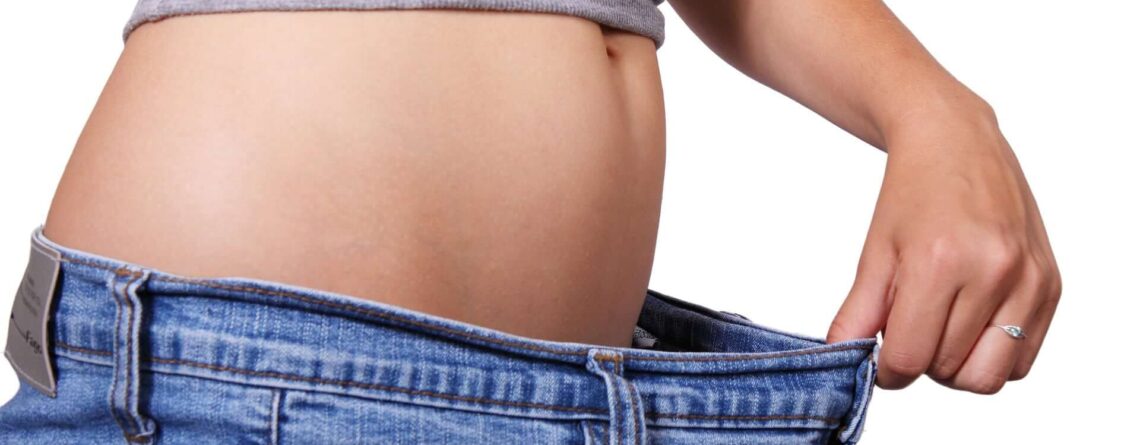


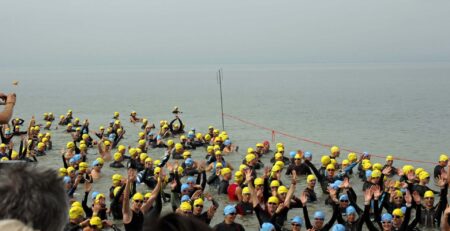
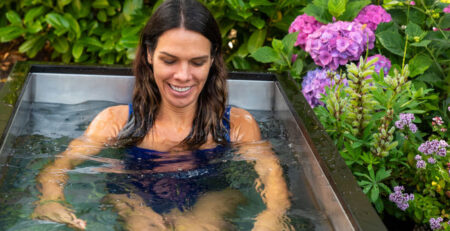
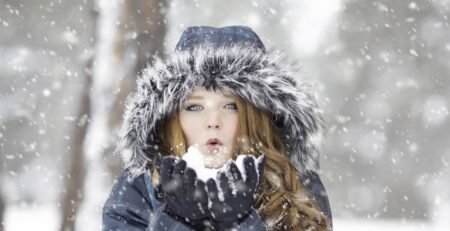

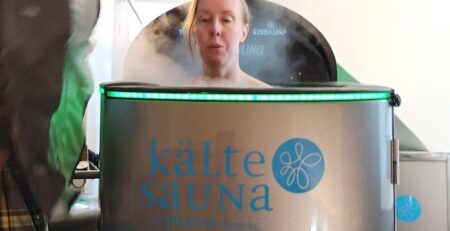
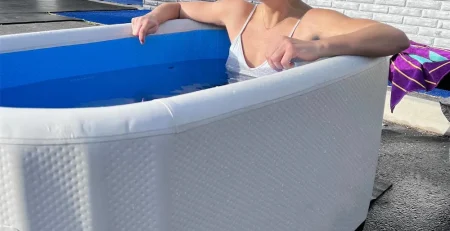

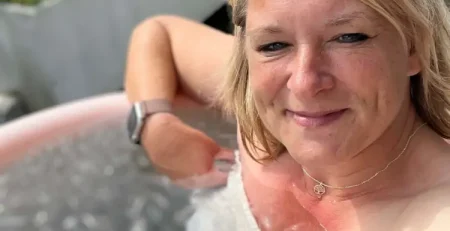
Leave a Reply